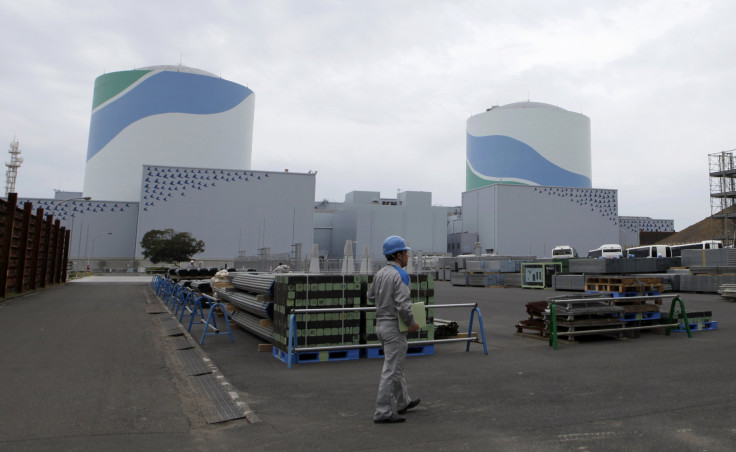Japan restarts first nuclear reactor after nationwide shutdown since Fukushima disaster

The Japanese government pushes to return using nuclear reactors after a nationwide shutdown since the 2011 Fukushima disaster. The government reopens its first reactor under the new and “tougher” post-Fukushima safety rules despite the widespread public opposition.
The Kyushu Electric Power restarted its 31-year-old reactor at the Sendai power plant on Tuesday. The restart comes after four years when 48 nuclear reactors were gradually taken offline. The Fukushima-Daiichi nuclear reactor meltdowns forced the nation to shutdown all reactors, caused by a tsunami that flooded the facility.
Since the service of all power plants were cut off, the nation has been using great amounts of imported fossil fuels to meet its energy needs, but at an expensive rate. With that, Japanese Prime Minister Shinzo Abe said it will be essential to the country's economic recovery to resume using nuclear power. The government suggests nuclear energy could cutback both import bills of fossil fuels and its growing carbon emissions.
But Japan’s former Prime Minister Naoto Kan, who has served at the time of Fukushima crisis, is against the government’s actions on nuclear power. Public opposition has also built up that led to a petition against the ageing Sendai plant.
The petition, caused by the public anxiety on nuclear power, raised concerns whether the reactors would survive a strong earthquake and the lack of proper evacuation plans, protesters said. Although none of the deaths in the 2011 earthquake tragedy has been linked to the nuclear crisis, about 160,000 people were evacuated from the areas surrounding the Fukushima-Daiichi nuclear plant due to the high radiation levels.
"The Nuclear Regulation Authority and Kyushu have not applied a robust enough risk assessment, they have disregarded the seismic and volcanic risks involved, while the reactors at Sendai are also aging," Ai Kashiwagi of Greenpeace Japan told CNN.
Kashiwagi suggests, as other reactors around the country will soon reopen, Japan should turn into "renewable energy sources such as solar, wind and thermal” which “have so much potential."
But the Japanese Chief Cabinet Secretary Yoshihide Suga stated the restart is very important for measures to address global warming, energy security, and for the economy. Suga insisted the government is prioritising safety over anything else.
The Sendai plant is expected to start generating power by Friday, and to reach full capacity in September. Prior to the Fukushima disaster, about 30 percent of Japan's energy was nuclear generated.
Contact the writer at feedback@ibtimes.com.au or tell us what you think below





















